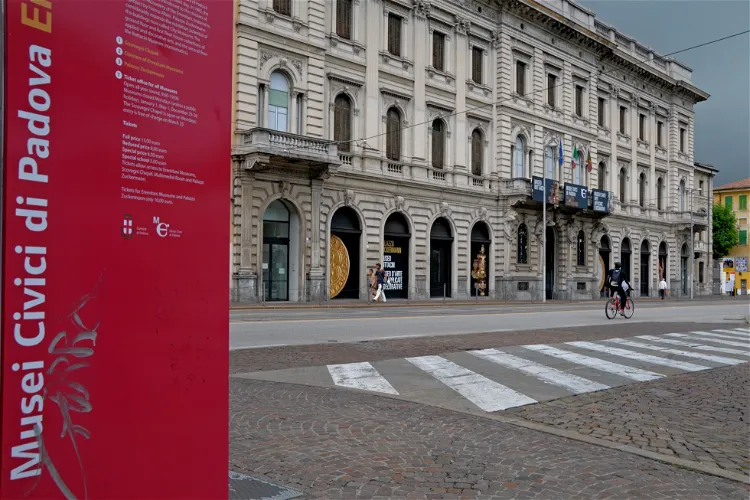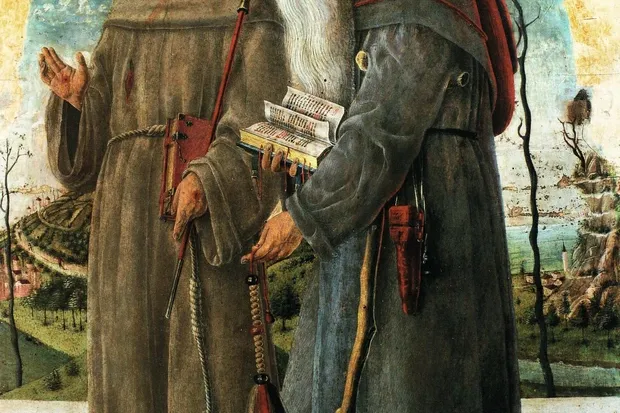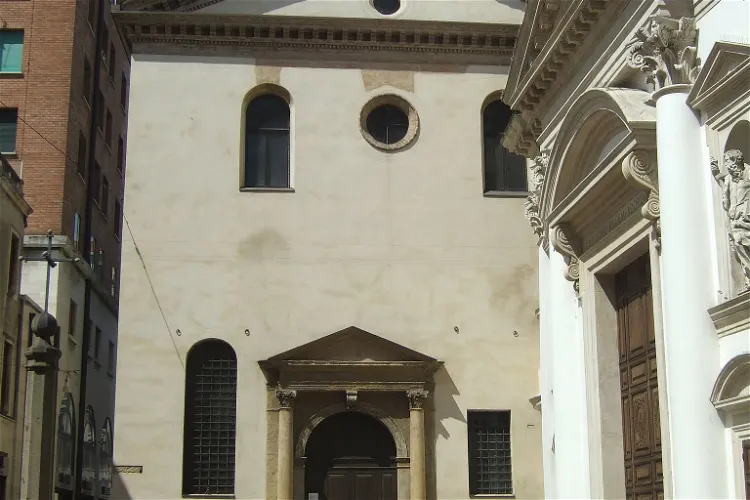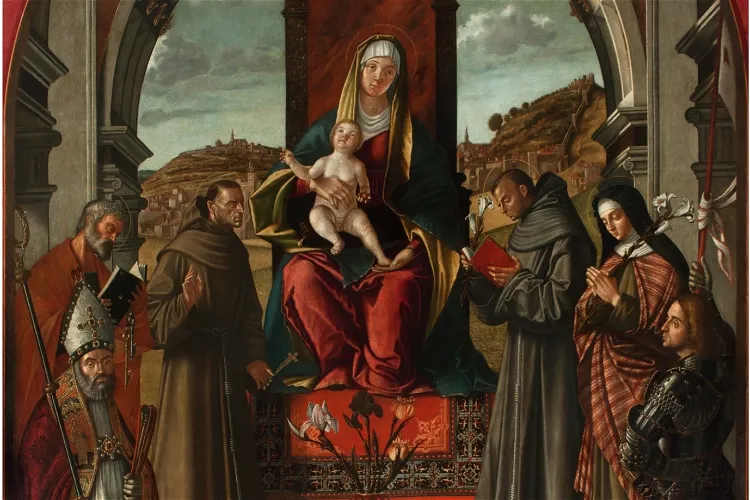Are you fascinated by religious architecture and history? Here are the must-see religious buildings in Padua:

Civic Museum (Museo Civico di Padova)
PaduaThe Civic Museums of Padua, also known as the Civic Museums at the Eremitani, are a museum complex located in Piazza Eremitani in the city of Padua. This complex is a significant cultural hub in the city, housing a variety of collections and exhibitions that span across different periods and disciplines. The museums are situated in a historic location, adding to the overall cultural experience for visitors.
Diocesan Museum of Padua
PaduaThe Diocesan Museum of Padua is a significant cultural institution that showcases a wide array of arts and artifacts associated with the Roman Catholic Diocese of Padua. The museum is located in the Palazzo Vescovile, a former bishop's residence dating back to the 15th century. This historic building adds to the overall charm and appeal of the museum, making it a fascinating destination for those interested in art, history, and religion.
Oratorio di San Rocco - Padova
PaduaThe Oratorio di San Rocco, also known as the Scuola di San Rocco, is a medieval building that was used for religious purposes until 1810. It is located next to the church of Santa Lucia in Padua. The building was home to the Fraglia di San Rocco, which was established between 1525 and 1542 on previous buildings. It is now owned by the municipality.
Museo Antoniano
PaduaThe Museo Antoniano is a museum located in Padua, attached to the Basilica del Santo. It houses a permanent exhibition of historical and artistic objects that are related to the life and worship of Saint Anthony of Padua. These objects provide a glimpse into the history and culture of the region, as well as the religious significance of Saint Anthony.